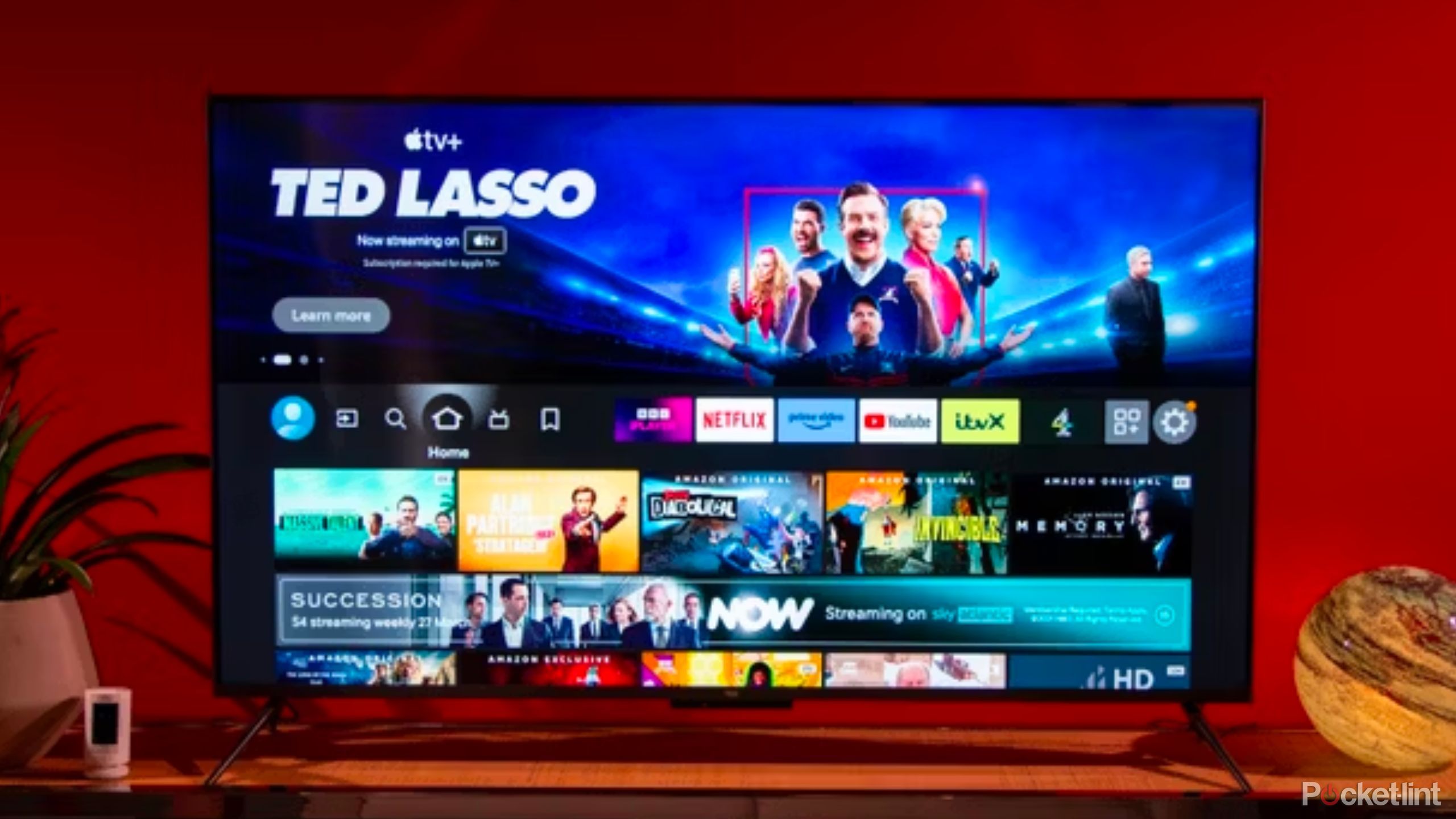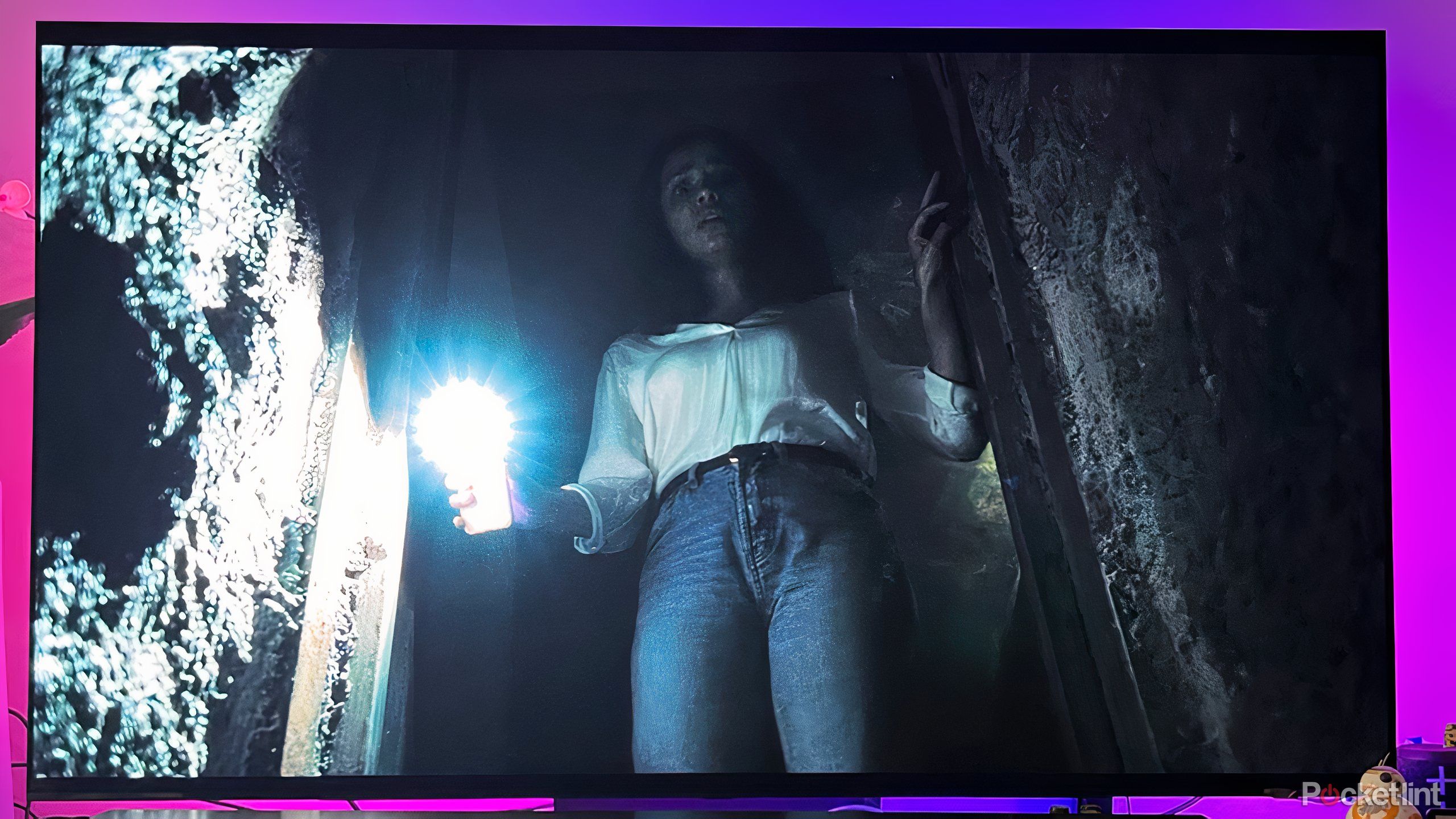Summary
- Local dimming is the means by which a TV controls light on the screen, influencing contrast.
- The more LEDs and dimming zones a TV has, the better contrast and precision it offers.
- OLED TVs forgo a backlight, and offer infinite contrast ratios by controlling individual pixels, producing true blacks.
Contrast is an important aspect of any smart TV. It determines how much detail you can discern when the screen is very dark or very bright while allowing you to better enjoy your favorite titles as faithfully as possible.
However, not every smart TV is equal when it comes to contrast. OLED models, in which each individual pixel on the screen can be turned on and off, are the best at contrast, achieving an infinite ratio and true blacks. LED models, however, use a backlight, and the ways in which the backlight dims determine the quality of the contrast. Dimming not only influences contrast, but can affect brightness as well, and in general alters the viewing experience. Here’s everything you need to know about dimming.
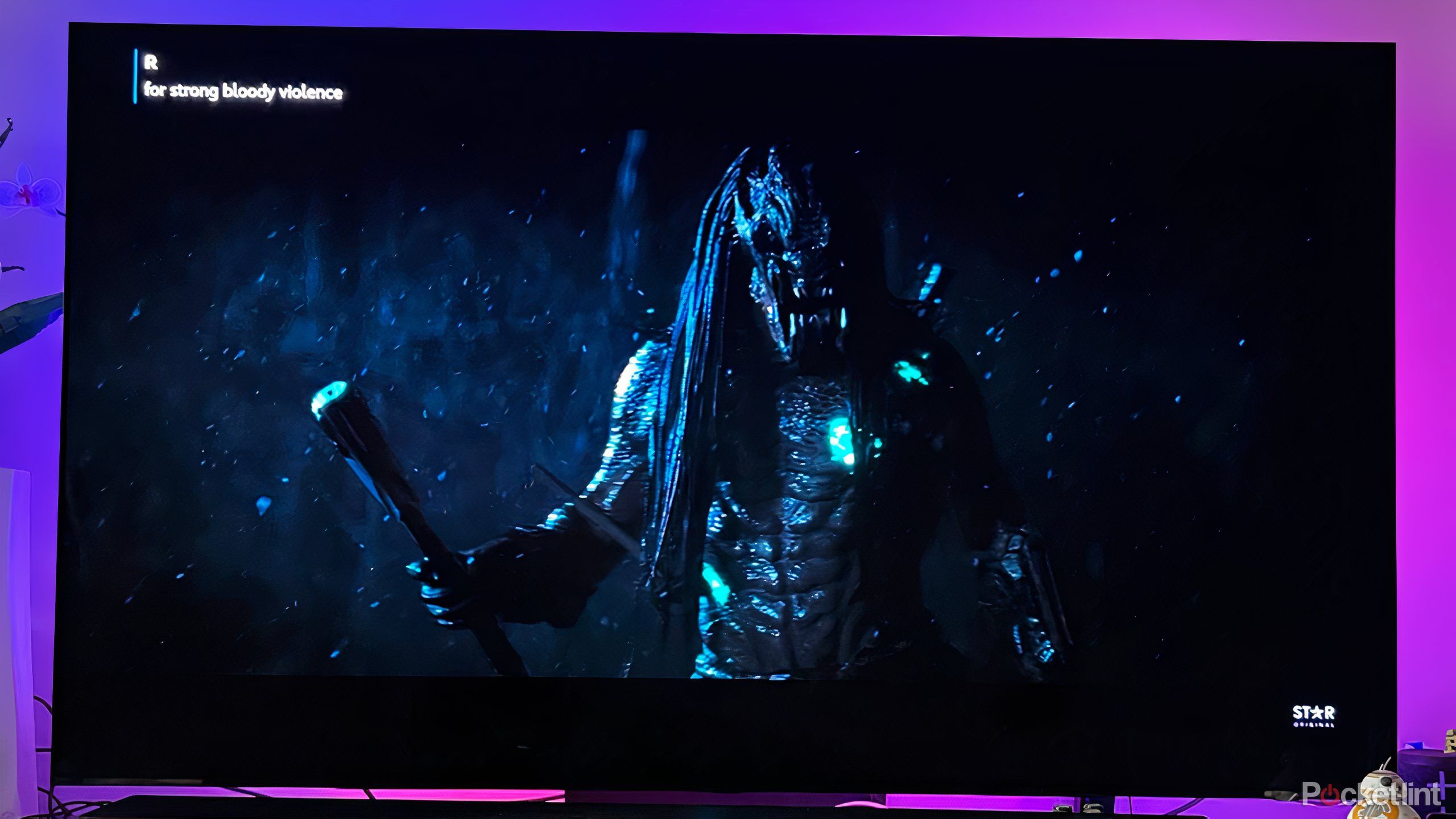
This TV setting can help you finally see what’s happening in dark TV shows
Contrast ratio influences color vibrancy, shadowing, and just how well you can see details on screen.
What is local dimming on a smart TV?
Simple technology influences viewing quality
The backlight on LED TVs control how much light hits the screen. When areas need to be dark, less light comes through to the screen; when areas on the screen are supposed to be brighter, then more light is allowed through. However, if the light control is uniform across the whole backlight, there will be no discernible contrast on screen; you need to be able to have more light come through in some areas and less in areas across the same scene.
This is done through local dimming. Basically, there are smaller areas or zones of the backlight that are grouped together when it comes to turning up or down brightness. Local dimming varies in scope and success: some options, like edge dimming, are more basic, while TVs with myriad mini-LED zones are far more advanced.
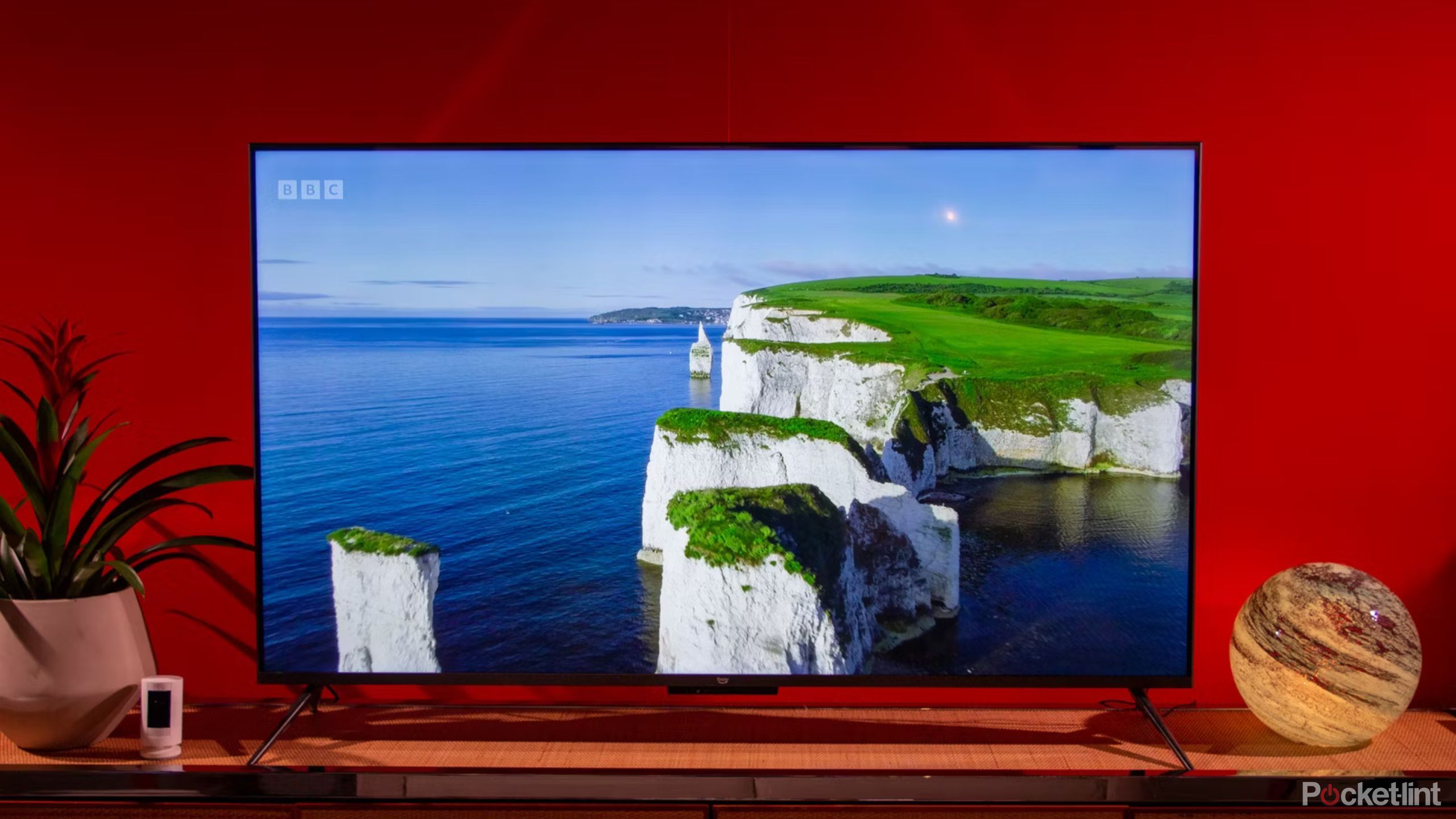
Related
OLED vs mini-LED vs QLED in 2025: Which TV tech should you buy?
Today, you can get surprising image quality without spending a fortune.
How LED edge lighting works
Budget-friendly tech with decent contrast
A common feature on less expensive smart TVs is edge lighting. Basically, these TVs boast a backlight that features LEDs across the sides. Typically, the lights adorn either the top and bottom or the entirety of the permitter of the TV. This creates some dimming zones on the TV in vertical and — if there are lights on either side — horizontal zones as well. Because of the limited number of LEDs, these TVs tend to be fairly cheap.
You’re likely to notice some issues with these types of TVs if you’re watching newer titles, especially anything created with detail in darker or brighter scenes. Halos may surround brighter objects on screen, while shadowing may occur around darker areas. The result is less detail and cinematic fidelity.

Related
4 smart TV set up mistakes I see far too often
It’s not just about the settings you pick when you’re calibrating.
How full array LED TVs work
Upgraded tech for a better image
For better contrast and lighting precision, you might want to consider full-array local dimming (FLAD) smart TVs. Instead of lights along the rim of the TV, these TVs feature an entire LED panel behind the screen. More lights offer more options when it comes to increasing or decreasing brightness, which means these TVs provide more precision and better detail.
These smart TVs typically advertise a number of ‘dimming zones,’ groups of lights that are controlled in unison. The more zones a TV has, the more precise it gets. As a result, these TVs tend to get more expensive, and are best suited for those enjoying new release shows and movies, as well as games on the latest-gen consoles.
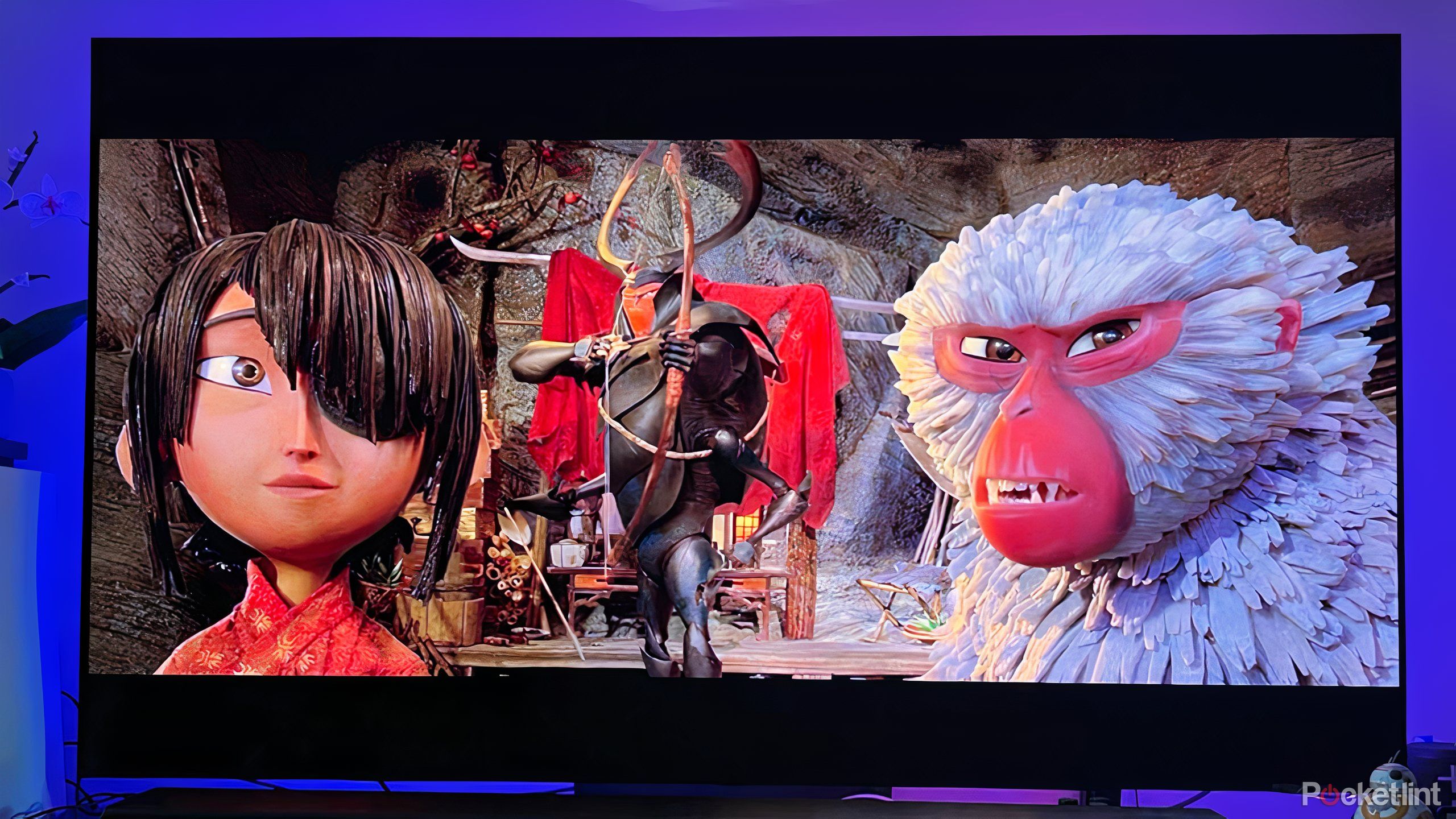
Related
HDR could be ruining your TV
High dynamic range improves color and contrast if your TV is up to the task.
Superior dimming with mini-LED smart TVs
Tiny lights increase brightness
In order to increase precision even more and add more LEDs, TV manufacturers have sought to make the LEDs themselves much smaller. TVs with such technology are referred to as mini-LED TVs, with tiny lights that offer superior control than other LED models. There may be thousands of lights within the TV, and the zones, as a result, increase significantly as well, with hundreds if not thousands of small zones available to control.
More lights not only lead to better contrast and less shadowing, but also increased brightness. These TVs are ideal for those seeking vivid colors and who may often watch titles in a room with more ambient light to contend with. These smart TVs are also among the most expensive of the LED models.

Related
OLED, QD-OLED, LED: Modern screen technologies explained
Shopping for TVs can be confusing, so here all the technologies and marketing terms you need to know.
OLED TVs don’t use local dimming
Infinite contrast ratio and improved detail
Ultimately, the best way to control light is to be able to shut off individual pixels entirely. That’s what OLED TVs do. Instead of a backlight, the screen itself is adorned with individual organic pixels, and each individual can be toggled on or turned completely off. When a pixel is off, it’s black; not close to black or just very dim, but true black.
Because of improved technology and better image quality, OLED TVs tend to be quite expensive.
As a result, OLED TVs can achieve an infinite contrast ratio, a measurement of how the brightness part of the screen compares to the darkest. Shadowing and blurring are not as serious concerns in OLED TVs as they are on LED models. Without a back panel, these TVs can be thinner as well. However, because of improved technology and better image quality, OLED TVs tend to be quite expensive.
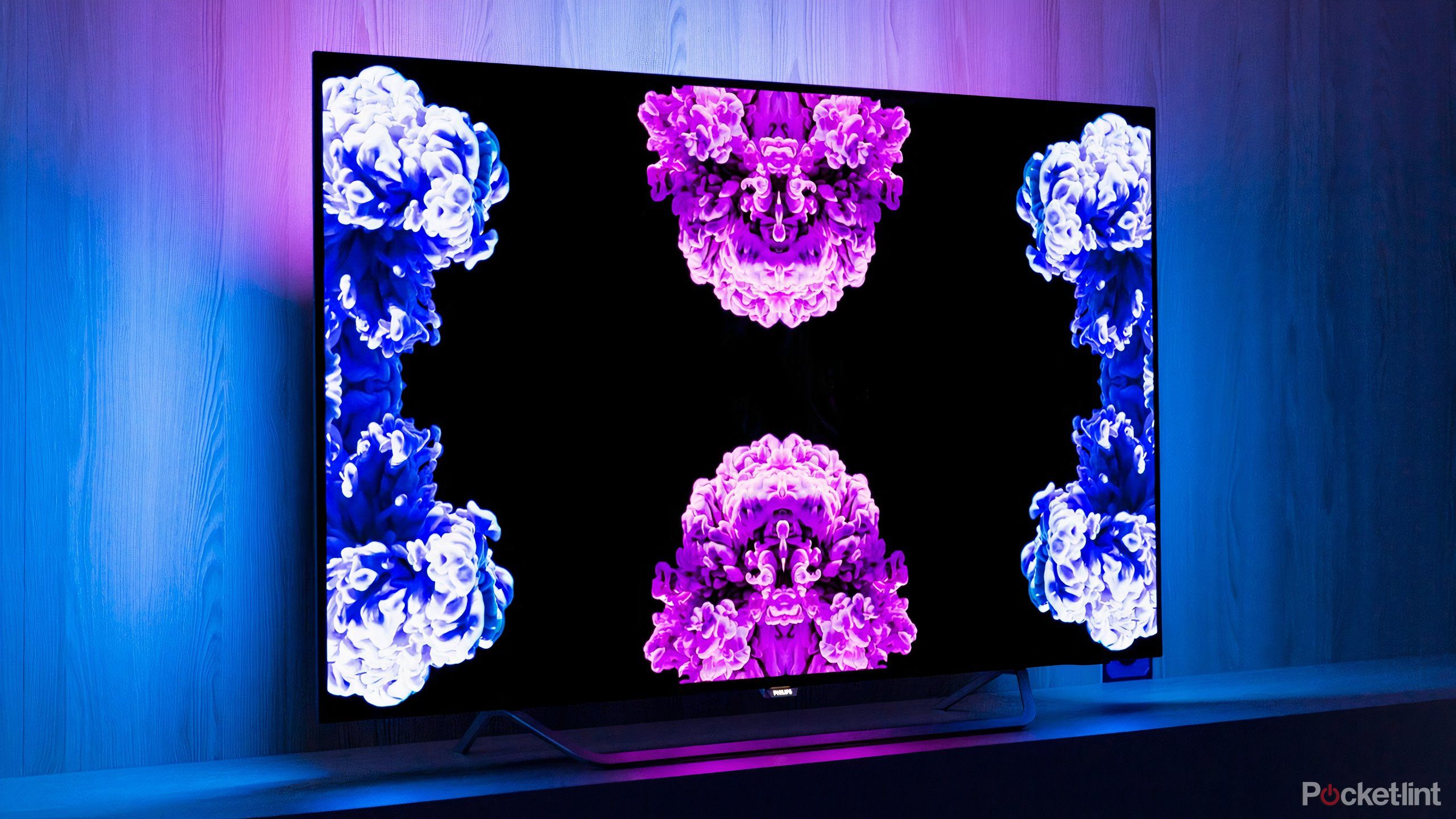
Related
The future of TV tech is only a single OLED pixel wide
Researchers at the Pohang University of Science and Technology have managed to create a prototypical 13-inch OLED panel that emits per-pixel sound.






